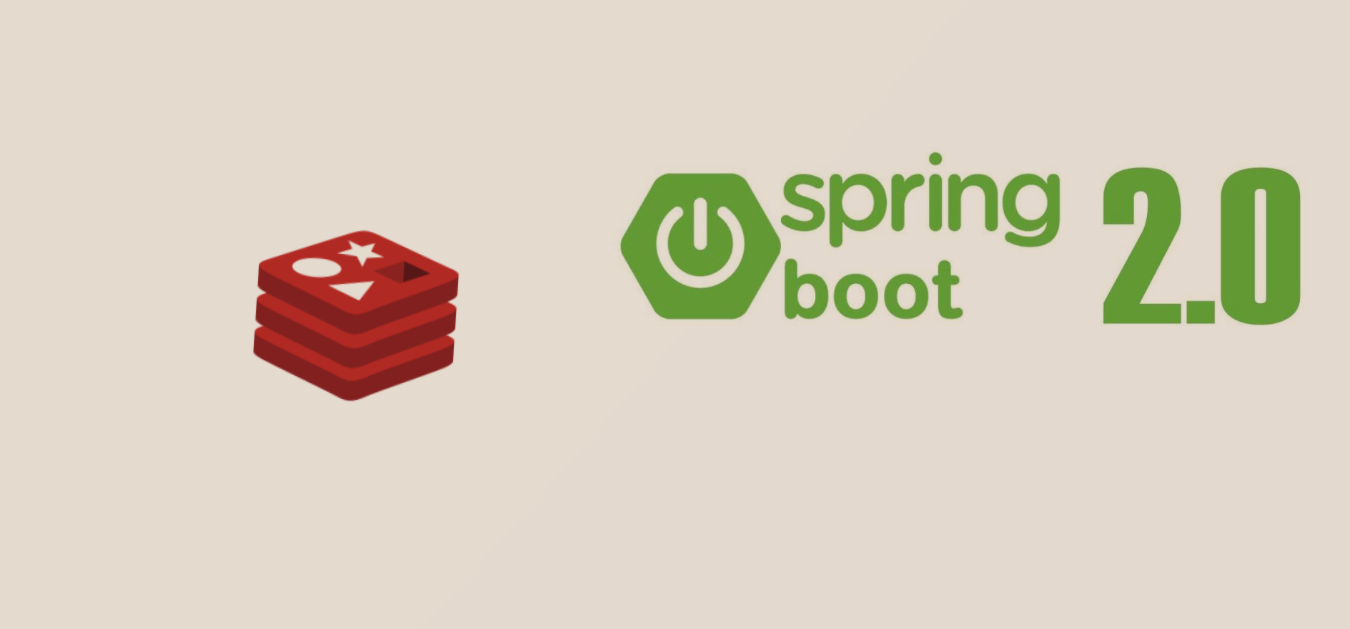<?xml version="1.0" encoding="UTF-8"?>
<project xmlns="http://maven.apache.org/POM/4.0.0" xmlns:xsi="http://www.w3.org/2001/XMLSchema-instance"
xsi:schemaLocation="http://maven.apache.org/POM/4.0.0 https://maven.apache.org/xsd/maven-4.0.0.xsd">
<modelVersion>4.0.0</modelVersion>
<parent>
<groupId>org.springframework.boot</groupId>
<artifactId>spring-boot-starter-parent</artifactId>
<version>2.2.6.RELEASE</version>
<relativePath/> <!-- lookup parent from repository -->
</parent>
<groupId>com.example</groupId>
<artifactId>spring-redis-demo</artifactId>
<version>0.0.1-SNAPSHOT</version>
<name>spring-redis-demo</name>
<description>Demo project for Spring Boot</description>
<properties>
<java.version>1.8</java.version>
</properties>
<dependencies>
<dependency>
<groupId>org.springframework.boot</groupId>
<artifactId>spring-boot-starter</artifactId>
</dependency>
<dependency>
<groupId>org.springframework.boot</groupId>
<artifactId>spring-boot-starter-data-redis-reactive</artifactId>
</dependency>
<dependency>
<groupId>org.springframework.boot</groupId>
<artifactId>spring-boot-starter-web</artifactId>
</dependency>
<dependency>
<groupId>redis.clients</groupId>
<artifactId>jedis</artifactId>
</dependency>
<dependency>
<groupId>org.projectlombok</groupId>
<artifactId>lombok</artifactId>
<optional>true</optional>
</dependency>
<dependency>
<groupId>org.springframework.boot</groupId>
<artifactId>spring-boot-starter-test</artifactId>
<scope>test</scope>
<exclusions>
<exclusion>
<groupId>org.junit.vintage</groupId>
<artifactId>junit-vintage-engine</artifactId>
</exclusion>
</exclusions>
</dependency>
</dependencies>
<build>
<plugins>
<plugin>
<groupId>org.springframework.boot</groupId>
<artifactId>spring-boot-maven-plugin</artifactId>
</plugin>
</plugins>
</build>
</project>
Once you update Pom.xml . You will get all the dependencies will be downloaded and included to project.
Below would be the Spring Main Application class .
package com.example.springredisdemo;
import org.springframework.boot.SpringApplication;
import org.springframework.boot.autoconfigure.SpringBootApplication;
import org.springframework.context.annotation.Bean;
import org.springframework.web.client.RestTemplate;
@SpringBootApplication
public class SpringRedisDemoApplication {
public static void main(String[] args) {
SpringApplication.run(SpringRedisDemoApplication.class, args);
}
@Bean
JedisConnectionFactory jedisConnectionFactory(Environment env) {
RedisStandaloneConfiguration redisStandaloneConfiguration = new RedisStandaloneConfiguration();
redisStandaloneConfiguration.setHostName(env.getProperty("localhost"));
redisStandaloneConfiguration.setPort(6379);
return new JedisConnectionFactory(redisStandaloneConfiguration);
}
@Bean
RedisTemplate<String, String> redisTemplate(Environment env) {
RedisTemplate<String, String> redisTemplate = new RedisTemplate<>();
redisTemplate.setConnectionFactory(jedisConnectionFactory(env));
return redisTemplate;
}
}
You need to creates Beans to connect to Redis container and do operations on Redis.
In above program, we have created two beans
- To create connection “JedisConnectionFactory”.
- To do operation on Redis “RedisTemplate“
Now the beans are ready. You can use these beans in you program wherever you want to have caching operation.
You can include the “RedisTemplate” like below in your Service layer (@Service) for operation.
@Autowired
RedisTemplate redisTemplate;
For Caching the data you need to use the bean below way ,
redisTemplate.opsForHash().put("UniqueKey","HttpBin.Org",response_to_cache);
For setting Expiry to the cached key , below code would be helpful.
redisTemplate.expire("UniqueKey",60, TimeUnit.SECONDS);
Above Code means, the Redis will hold this key and its value till 60 seconds. After that, It deletes the Key.
Above code will set TTL (Time To Live) to 60 seconds in Redis Cache against the Key.
